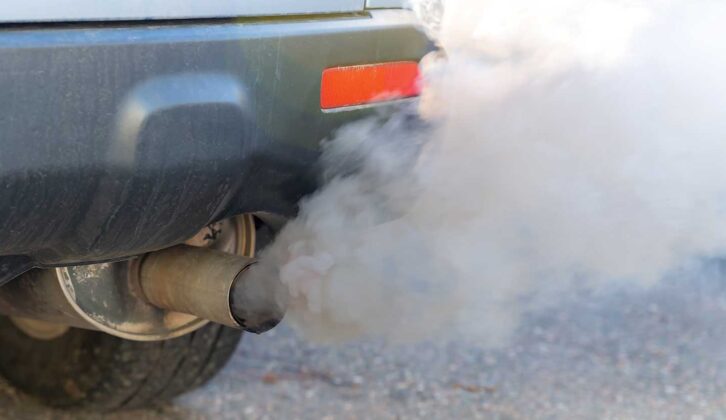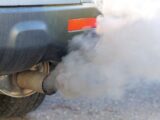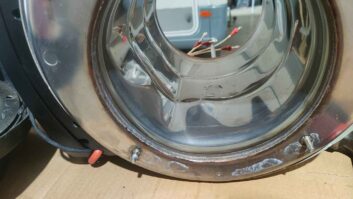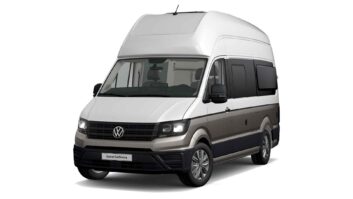EGR, CAT, DPF. What are they and what do they do? Well, they are all emission control devices, so they help to reduce the emission of harmful products of combustion from the exhaust.
With the ever-increasing attention being paid to vehicle emissions these days, and the importance of minimising them, it’s essential to understand how these devices function.
EGR (exhaust gas recirculation), put simply, recirculates some exhaust gas back into the air intake system. This might seem a bit strange, but there are good reasons for it because it helps control the in-cylinder temperatures and thereby reduces the production of nitrogen oxides in the exhaust. Nitrogen oxides can cause respiratory problems, as well as environmental changes.
The CAT (catalytic converter) converts toxic gases within the exhaust gas into less toxic forms, using the heat of the exhaust gas to ‘light off’ the catalyst (a chemical element that causes a reaction without being consumed by that reaction). This helps to convert carbon monoxide and unburnt fuel into carbon dioxide and water.
The DPF (diesel particulate filter) traps soot particles in the exhaust. Sensors tell the ECU when the DPF is ‘loaded’, then it ‘regenerates’ the DPF by adding fuel until it is hot enough (this can be up to 600-700°C) to burn the soot and turn it to ash. This can then be sent out of the vehicle’s tailpipe, which usually happens when driving at motorway speeds, so the ash is generally disposed of away from built-up areas.
CATs rarely give problems until they’ve covered significant mileage, usually 70,000-100,000. As yet, however, EGR and DPF have not proved quite so reliable, with both causing some mechanical problems. EGR can result in sooting up of the air intake system, in effect starving the engine of fresh air, which will cause it to burn excessive fuel, lose power and produce more smoke and soot. DPFs can become overloaded with soot if regens don’t occur or the engine is shut off before a regen has been completed.
How premium fuels can help with vehicle emissions
Regens might not happen if the vehicle is only doing short journeys, or the criteria for a regen are not met. If the DPF becomes overloaded and is unable to perform a regen, it is going to need either professional cleaning or replacement, and that can be expensive.
One way we can minimise the chances of EGR or DPF problems is to only use premium fuels. I know they’re more expensive, but they do help.
A fuel testing company told me that, while all fuels sold for road transport meet minimum standards, the premium fuels contain better additives and cleaning products that will help to reduce the production of those harmful components in the first place, soot in particular.
See what our writer has to say about maximising your motorhome fuel consumption, helping you save both time and money.
Lead image: Getty
If you’ve enjoyed reading this article, why not get the latest news, reviews and features delivered direct to your door or inbox every month. Take advantage of our brilliant Practical Motorhome magazine SUBSCRIBERS’ OFFER and SIGN UP TO OUR NEWSLETTER for regular weekly updates on all things motorhome related.









